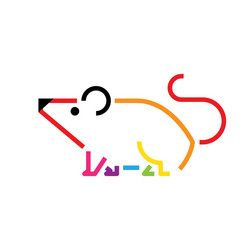Firstly, let’s discuss how sustainable development can be integrated into our design:
- Material Selection: The choice of materials is crucial for sustainability. In this case, opting for materials like stainless steel or BPA-free plastics, which are durable, recyclable, and have a lower environmental footprint compared to single-use plastics, contributes to sustainability.
- Design for Durability: The design should prioritize durability to extend the lifespan of the product. This means using robust materials and construction techniques that withstand wear and tear, reducing the need for frequent replacements and ultimately reducing waste.
- Resource Efficiency: Sustainable design aims to minimize resource consumption.
- End-of-Life Considerations: A sustainable design considers what happens to the product at the end of its life cycle. Designing the Micro Mouse for easy disassembly and recyclability ensures that its components can be properly recycled or repurposed, reducing the amount of waste sent to landfills.
Next, develop a recycling plan
- Inventory and Categorization: Conduct an inventory of end-of-life components and categorize them based on their recyclability and condition.
- Assessment of Recyclability: Assess the recyclability and reusability of components, determining if they can be refurbished, repurposed, or recycled through disassembly and material separation.
- Disassembly: If feasible, disassemble components to separate recyclable materials such as metals, plastics, and electronic components.
- Periodic Review: Conduct periodic reviews of the recycling program to identify areas for improvement and implement changes as needed to enhance efficiency and effectiveness.

Leave a Reply